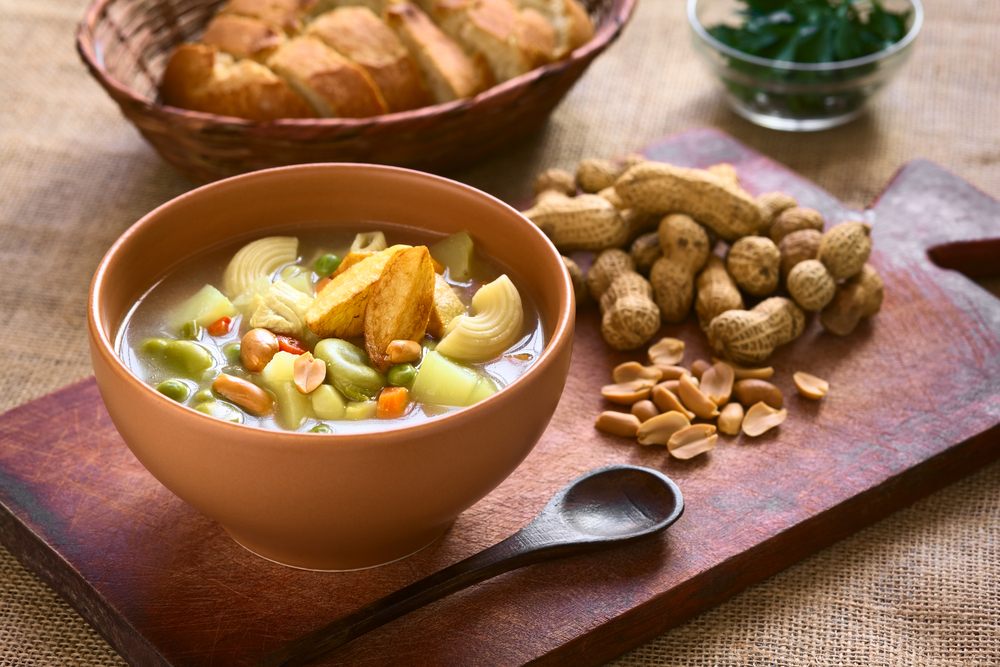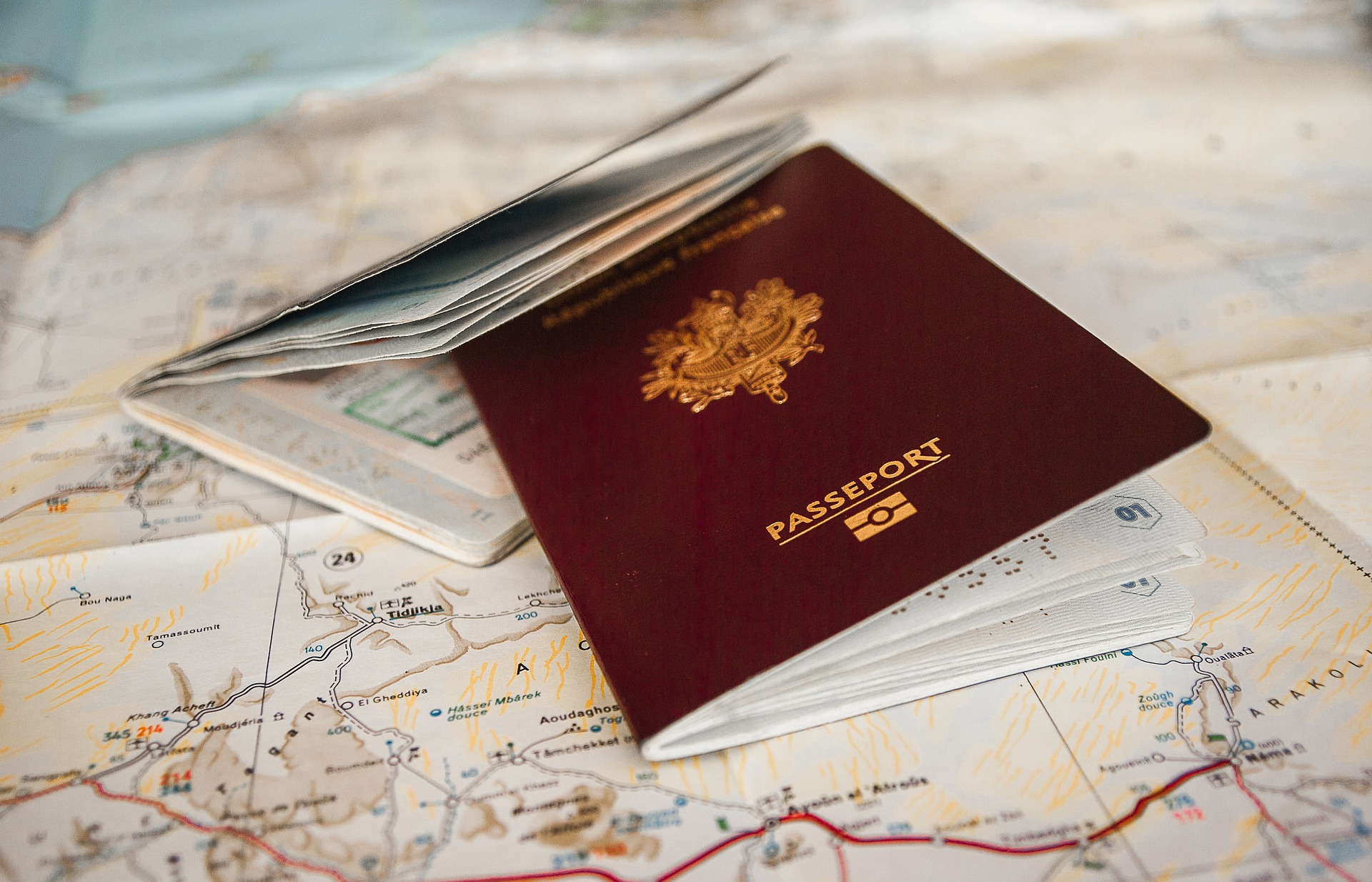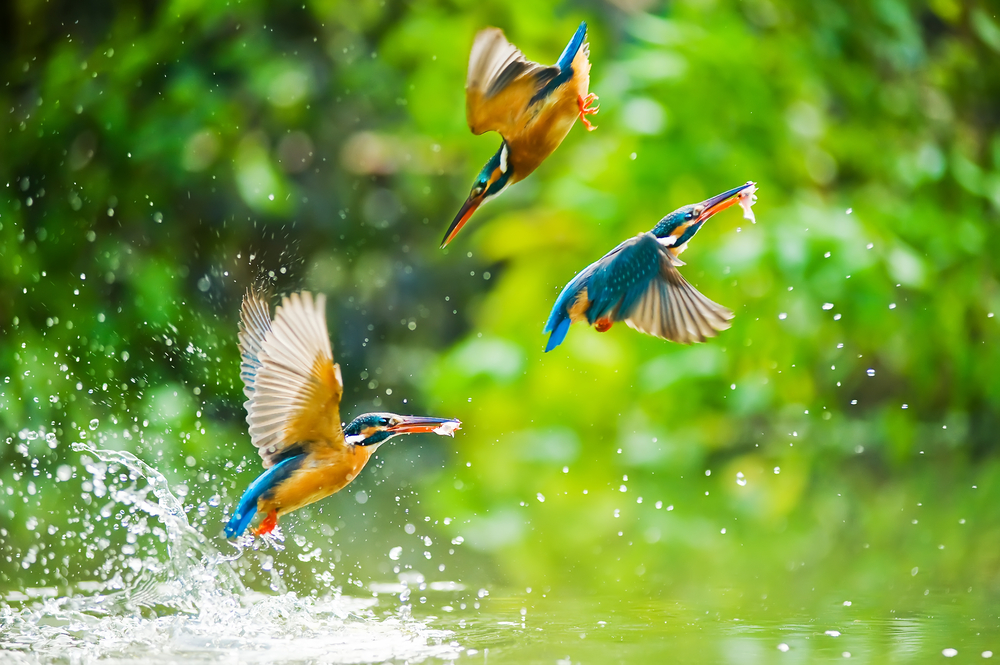Cacio e Pepe is a traditional pasta recipe from the Piedmont region of Italy. It’s made from hard durum wheat and seasoned with lard, Pecorino Romano cheese, and black pepper, which gives it its distinctive flavor. The story goes that the original recipe was created in 1958 by a farmer named Giovanni Cacio, who got fed up with having to feed his pigs all day, so he added some leftover pasta ragu to the troughs of his pigs when they were sleeping. The resulting pasta ragu was so tasty that other pig farmers soon followed suit and began adding it to their rations.
The recipe is now almost 100 years old, but while it is well-known in the Piedmont region, it remains a secret throughout much of Italy. Cacio e pepe has been banned from sale in 12 Italian regions because of its custom to use a pig’s bladder for cooking the dish. The bladder is cut into small pieces and boiled for 20 minutes with the pasta in a stock made from lots of onions, carrots, and celery roots until the pasta acquires a reddish color (the longer you leave it, the more intense in flavor). It is then seasoned with salt and black pepper.
The recipe was once extremely popular in Piedmont, but since it was banned from sale in many regions, its popularity has fallen drastically. The good news is that the recipe has now made its way to many other parts of Italy and is starting to become more popular again. The Cacio e pepe made in the Emilia Romagna region is completely different from that of Piedmont, but it is still a popular recipe among Italians. The version made in Emilia Romagna is similar to using a Parmesan-based sauce. It’s not cooked inside the pig’s bladder but rather inside cheesecloth that has been cut into small strips and hung to dry, which gives the dish its distinct flavor.
Regional variations of cacio e pepe can be found all over Italy, such as those found in Sicily, Lazio, and Abruzzo, where the dish is served with whipped ricotta or mozzarella.
A variation of Cacio e pepe is “Cacio e pepe with truffle,” which is made by adding some black truffles to the pasta at the end. To make it, you need to fry the truffle pieces in olive oil, chopped onion, and chopped tomatoes, and then add it towards the end of cooking.
The dish is also unusual because there’s no garlic involved at all, but rather a mixture of hot pepper flakes (wisely added to dilute its power), anchovies, and other spices that provide a distinctive flavor. It can be served either warm or cold, like a cold soup. So now you know the reason why this pasta is cooked in a pig’s bladder – it’s really tasty!
Don’t be fooled by the name – Cacio e pepe doesn’t contain “pig intestine” either; it’s just lard (that’s why the Italian word for ‘lard’ is cioppino). A pig’s bladder makes a very bad substitute because a pig bladder lacks the protein contained in meat, and thus it won’t result in the same texture. The name of lard instead comes from the fact that it was once used as a lubricant for spinning wool, which is why the saying: “Blanda il mestiere, pulisci la pancia” (“Make it blameless, clean out the sheath”) usually refers to spinners who don’t clean their spinning wheels properly, ultimately resulting in that part of their work to be wasted.
This dish is also very rich in salt and sodium, so it’s very important that one gets as much fluid into their mouth as possible to reduce the risk of dehydration. This dish contains cioppino, so you may be susceptible to stomach cramps, indigestion, or other ailments.
You should use a pepper mill for this recipe. If you don’t have salt and pepper, do not try to improvise by adding other ingredients. It’s nothing like the Piedmont version of cacio e pepe, but it can still be delicious when made properly.
In Italy, there is no pig’s bladder in the recipe. Instead, cacio e pepe is made with a mixture of anchovies, black pepper, and salt (but only one type of cheese).






